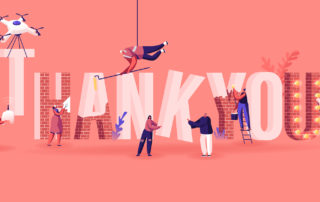Your boat can only carry so much weight
Agency owners are, for the most part, some of the bravest people I know. They have put everything on the line to start/own their agency and every day they face and move past tough decisions. But if there’s an Achilles Heel for most owners, it’s the staffing issue, especially if your agency has hit a [...]











